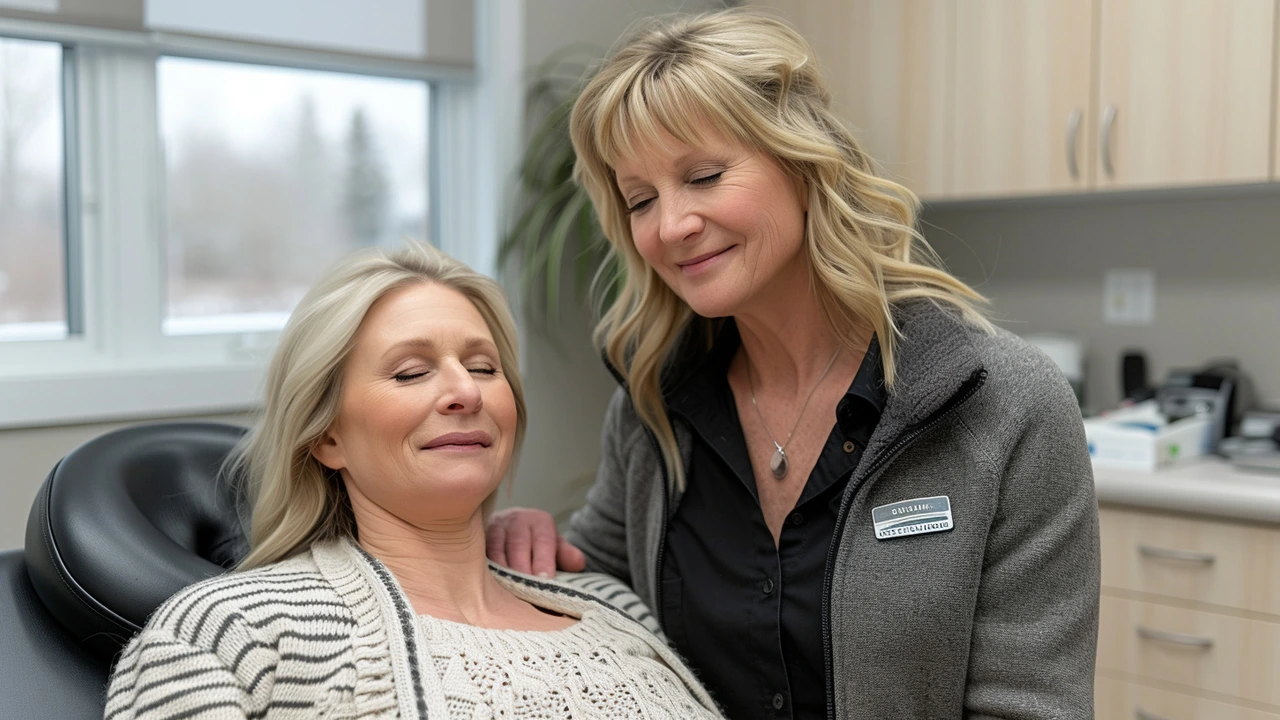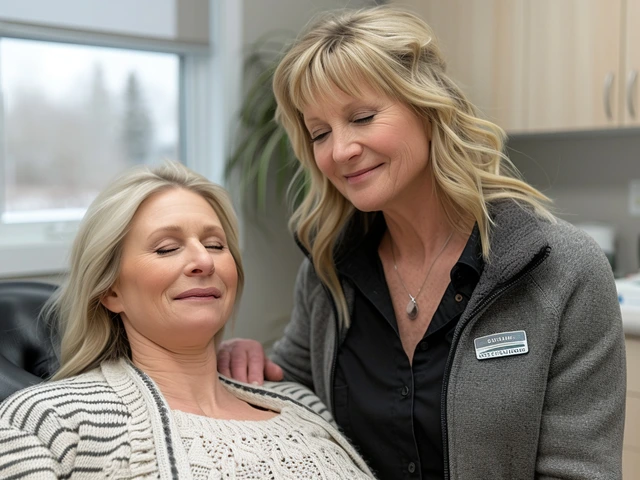Pain Management for Dogs: Simple, Useful Steps You Can Start Today
Pain in dogs often hides behind small changes: less play, slower stairs, or sleep that looks restless. If you suspect your dog hurts, you don’t need to be an expert to help. Start by noticing details and taking a few straightforward actions that make a real difference.
How to spot pain and what to do first
Watch behavior closely for limp, reduced appetite, trouble rising, whining, or sudden aggression when touched. Try a gentle short check: let your dog stand, watch a few steps, then feel along the spine and joints slowly. If your dog flinches, pulls away, or can't put weight on a limb, keep them calm and call your vet.
Immediate home steps: limit activity (no running or jumping), give a warm compress for tight muscles or a cold compress for a fresh swelling, and make a cozy, low-entry resting spot. Never give human pain meds—many are toxic to dogs. If pain seems severe, sudden, or linked to breathing trouble, collapse, or obvious wounds, seek emergency care now.
Everyday pain management that helps long-term
After a vet visit and clear diagnosis, build a simple plan combining medical and non-medical tools. Common useful steps include:
- Follow prescribed meds exactly—NSAIDs and other drugs can help when used under vet guidance.
- Control weight—losing even a little body fat reduces joint load and pain.
- Low-impact exercise—short, frequent walks and swimming keep muscles strong without stressing joints.
- Physical therapy and targeted massage—trained canine rehab pros can teach stretches and massage that ease tight spots and improve movement.
- Supplements—omega-3s, glucosamine, and chondroitin often help some dogs; check doses with your vet.
Try massage basics at home: use flat palms, gentle long strokes along the back and chest, then light circular pressure over big muscles. Stop if your dog pulls away. Massage improves circulation and eases stiffness when done gently and consistently.
Other tools that can help include heat pads for chronic stiffness, cold packs for new injuries, ramps to avoid stairs, non-slip flooring, and elevated bowls to reduce neck strain. Laser therapy and acupuncture are options many owners find useful—ask your vet for a qualified practitioner.
Track progress with a simple daily log: note activity level, appetite, sleep quality, and any limping. Small improvements over weeks show you're on the right path; sudden declines mean a call to the vet. Keep routines predictable—dogs handle pain better when their day is steady and low-stress.
Helping a dog in pain is mostly about careful observation, sensible home care, and working with your vet. With weight control, gentle exercise, smart comfort changes, and the right therapies, most dogs feel noticeably better and move with more joy. If you’re unsure, a quick vet check keeps you safe and gives you a clear plan to follow.

Craniosacral Therapy: The Ultimate Solution for Stress Relief
Hello darlings! Today, I'm excited to introduce you to a new holistic approach called Craniosacral Therapy. This unique form of therapy is known to offer immense relief from stress and pain. It's a gentle, hands-on approach that releases tensions deep in the body to improve overall health. I'm sure this could be the ultimate solution you've been looking for to manage your stress. Stay tuned for more insights!

Embracing the Healing Powers of Myofascial Release Therapy
Hi there, it's me again with an enlightening piece on the life-changing benefits of Myofascial Release Therapy. Curious to know what it is? It's a holistic health approach that brings soothing relief to those nagging body pains. Writing from my firsthand experience, let me share how it has enhanced pain management in such an unbelievable way. Come immerse yourself in this journey of discovering the healing powers of Myofascial Release Therapy, it might just be the relief you've been searching for.

Nourishing Kids: Tasty and Healthy Snack Ideas
Nov, 22 2024

Biofeedback Techniques for Stress-Free Living
Aug, 1 2024


